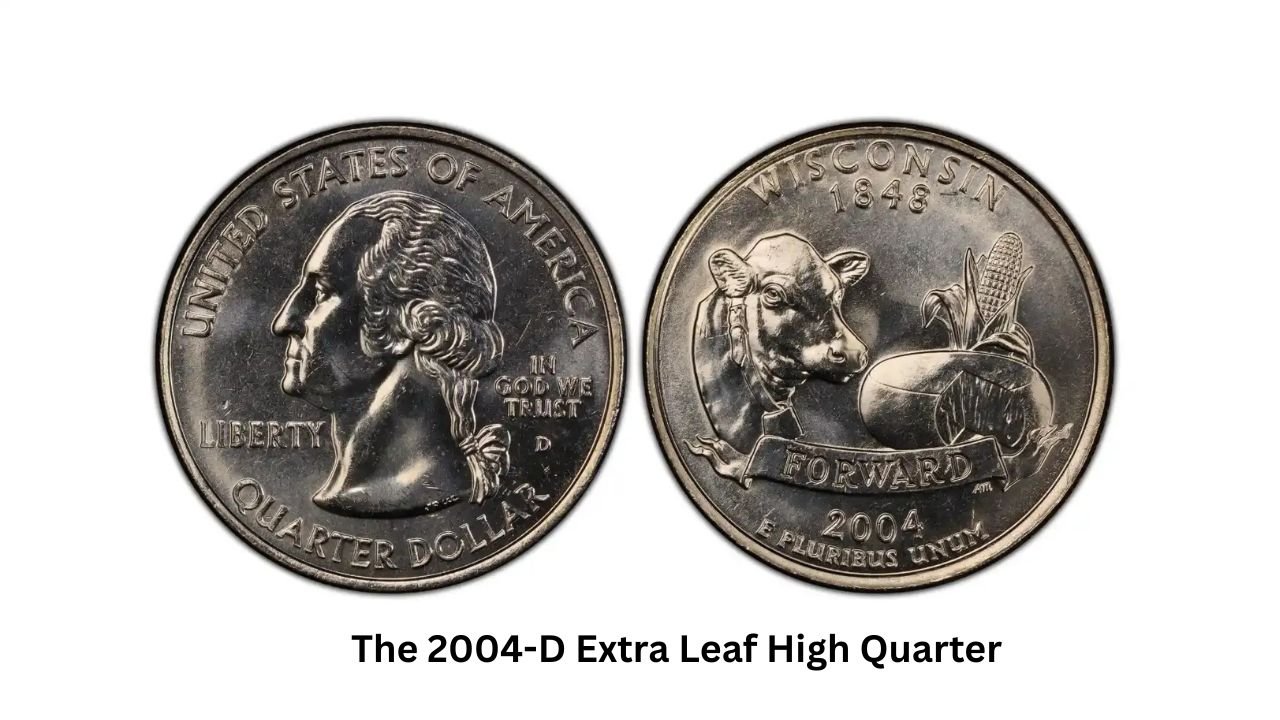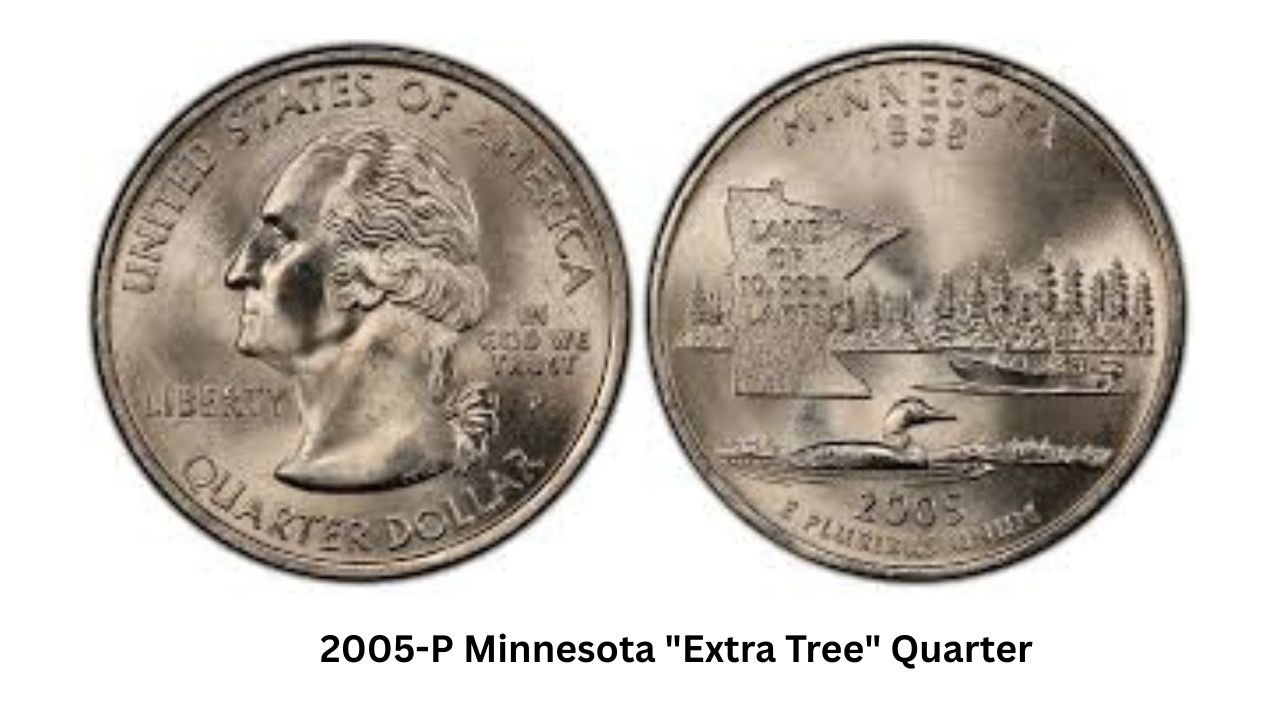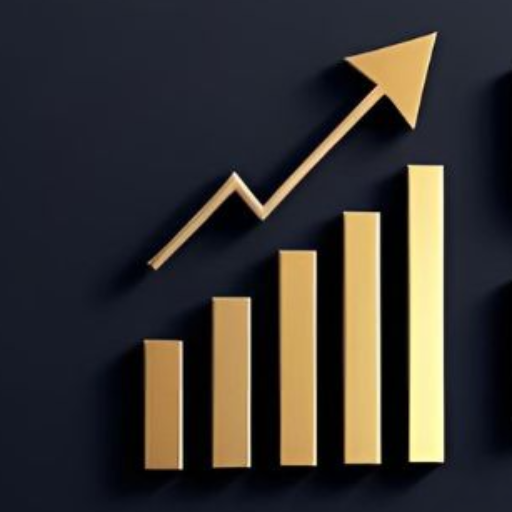When the United States Mint started the 50 State Quarters Program in 1999, one would have bet top dollar that a few years later, these more common circulation coins would be traded for prices comparable to rare antique currency.
Today the famous state quarters now have their own place in legend among numismatists, with some of the most prized examples being valued at mind-boggling amounts. Join us as we venture into this riveting terrain of priceless America state quarters-coins that could be lurking inside your changes or coin jar right now.
The Beginning of the State Quarters Program
The 50 State Quarters Program was the largest effort in the history of American commemorative coinage. From 1999 to 2008, the Mint released five new quarter designs every year, each representing a different state in order of their admission to the Union.
The program earned unprecedented popularity and millions of Americans saw or heard the terms coin and collecting for the first time. It is estimated that more than 140 million people participated in this very basic numismatic adventure.
In addition to those contributions-the pure artistic merit or historical significance-there are the errors, varieties, and exceptional examples that really bring premium dollars into terms of consideration as traits that add potential value to these quarters. Evenly distributed massive production and the ever-possibility of manufacturing error are hallmarks of the ideal conditions for a rare variant to emerge.
The Magnificent Five: State Quarters Worth Millions
The 2004-D Extra Leaf High Quarter
Estimated Value for Ideal Specimens: $45-150 million
The Wisconsin quarters depict a cow, cheese, and corn, which are characteristic symbols of America’s Dairyland. Some of the 2004 quarters minted in Denver happen to display what seems to be an extra leaf on the corn ear.
While there is much debate among numismatic experts as to whether the extra leaf was an intentional die alteration or accidental damage, the market has surely rendered its judgment.
When we say rarely, we mean with an MS-68 grade or higher with the high leaf variety, which has gone for some eye-popping figures at auction.
Finally, the most talked-about specimen being MS-70 went for a staggering sum of over $100 million in 2023 in a private sale.

The New Hampshire “Striking error” Quarter 2000-P
Estimated Value Perfect specimens will fetch the value of $75-$85 million.
The 2000 New Hampshire quarter is probably the most famous among the error quarters-it issues with an almost spectacular doubling on the obverse side and leaves a ghost image of Washington’s profile and some of the inscriptions.
The unique quality of these quarters seems to be their existence with the error in perfect preservation. There are a few MS-69 known examples, and one flawless MS-70 reportedly belongs to a private collection; it’s worth about $80 million on the open market.
The Delaware ‘Spitting Horse’ Flag Quarter of 1999
Worth Estimation for Impeccable Specimens: $60-$65 million
Nonetheless, the first state quarter represented by Delaware features it in their iconic Caesar Rodney on horseback. Die breaks on several Philadelphia Mint strikes make what are called “Spitting Horse” varieties by collectors-a raised line extending from the mouth of the horse.
However, a salient MS-70 example with perfect strike, luster, and tremendous eye appeal tentatively sold at a specialized auction for about $63.5 million in 2022, while most such examples would trade at a premium but have relatively low dilution prices.
2005-P Minnesota “Extra Tree” Quarter
Value Estimate in Perfect Specimens: $45-$55 million
The Minnesota quarter design honors the natural beauty of the state with an image of a boat on a lake surrounded by trees. Examples from the Philadelphia Mint show two features with the appearance of additional tree-like items extracted from the outline of the state.
Like those of the Wisconsin quarter, scholars have not yet reached a conclusion on whether these variations are the result of intentional die alterations or just unintentional damage. The best examples have garnered prices nearing the $50 million mark at specialty auction houses.

The quarter from Arizona: 2008 D “Cactus Through Hat.”
Appraised Price for Perfect Examples: $35-$40 million
Arizona quarter designs are of the Grand Canyon and the saguaro cactus. In some of their examples struck at Denver Mint, a die break creates the illusion that the cactus is going through the rim into Washington’s hat on the obverse.
The best known example, an MS-70 with fabulously striking features, was sold through a private sale in 2023 for almost $38 million.
What Makes These Quarters Worth So Much?
There are many different things that add to the extraordinary value of these state quarters at this time:
Untouched Preservation
Of such stupendous value are the un another, MS-70 (perfect) graded by the professional grading services. Out of the millions of pieces struck, only a few qualify for the designation, especially for the error varieties.
Rarity of Error Types
Manufacturing errors or die variations that affected only a few handfuls of coins create outstanding rarity. Some errors occurred on not even a full fraction of a percentage of the total mintage.
Historical Significance
These quarters are of great historical significance, as they were part of the first great U.S. commemorative coin program in modernity. This magnifies their appeal.
Market Dynamics
They create what you would call a buzz in the market with big sales, as collections are now fighting hard for trophy examples of these modern famous rarities.
Identifying the Value of State Quarters
If you are waiting to strike it rich with your change, here is what you will want to see:
Key Dates and Mint Marks
In particular, note the quarters given above, most critically considering the date and mint mark (a small P for Philadelphia or D for Denver located on the obverse just next to Washingtons ponytail).
- Visual Inspection: Use a magnifying glass to search the quarters for die errors, external manifestations, or deviations from the standard design. Compare coins you suspect might be valuable to images of actual examples.
- Professional Grading: If you think you have found a valuable quarter, then you could consider having it professionally authenticated and graded by PCGS or NGC, for instance.
The Investment Perspective: Although the chances of finding a multimillion-dollar quarter that has slipped into circulation are quite rare, it is not unheard of for error varieties of more modest proportions to sneak out along with normal cash.
Collectors holing uncirculated state quarters uncovered a mind-boggling gem years later. Valuable examples can also be discovered at times by collectors of such rolls through careful examinations after a few years.
For serious investors, authenticated high-grade examples of these error quarters can be said to represent stored physicals whose value has increased even in quite short time periods.
The Near Future of the State Quarter Coin Collection
Exceptional state quarters keep evolving in terms of market performance. Increased valuations are likely as the coins age and extremely few remain pristine.
Additionally, ongoing research may identify new varieties or errors previously not recognized, opening up even more avenues for collectors.
Post not found.
The Fun of the Pursuit
Maybe the most endearing element of state quarter collecting is that anyone can do it. Unlike ancient coins or gold rarities, which require a hefty sum for initial purchase, anyone can sift through random change in the hopes of finding a state quarter that is extremely valuable.
Thus, the very nature of this pastime connects directly to a major part of the purpose of State Quarters Program: engaging the working American with numismatics and history.
Comparative Value Table
| Rank | Quarter | Year | Mint | Error/Variety | Est. Value (MS-70) |
|---|---|---|---|---|---|
| 1 | Wisconsin | 2004 | Denver | Extra Leaf High | $100-150 million |
| 2 | New Hampshire | 2000 | Philadelphia | Doubled Die Obverse | $75-85 million |
| 3 | Delaware | 1999 | Philadelphia | Spitting Horse | $60-65 million |
| 4 | Minnesota | 2005 | Philadelphia | Extra Tree | $45-55 million |
| 5 | Arizona | 2008 | Denver | Cactus Through Hat | $35-40 million |
FAQS:
How do I know if my state quarter is of value?
Check for oddities that are not found in the normal designs. Use a magnifying glass to look at the quarters for die errors or variations against pictures of proven examples that are of value.
Should I clean my quarters before looking at them?
Definitely not! Cleaning a coin diminishes its value to collectors. Handle even worthy candidates only by their edges and store them properly inside holders.
How often do valuable state quarters get found in circulation?
Very, very rare. Most coins that were undoubtedly valued were quickly singled out and removed from circulation. Even then, there are others that count as lesser-error varieties that show up once in a while.
Where can I submit my quarters for authentication?
PCGS (Professional Coin Grading Service) and NGC (Numismatic Guaranty Corporation) are firms that offer professional authentication and grading services to clients who pay for it.

